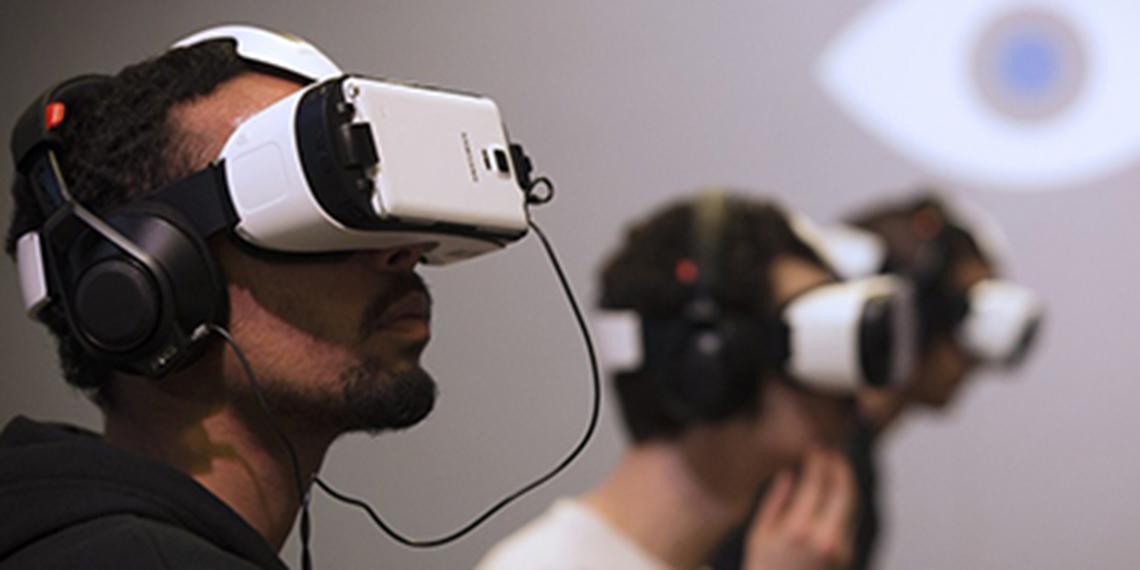Virtual reality (VR) was among the top trends identified at CES 2016 in Las Vegas earlier this month. This industry interest reaffirms the potential of VR, which with its wide-ranging applications is not only transforming entertainment, gaming and business, but is transporting people to places they would otherwise be unable to reach.
By 2025, the market for virtual reality content will be $5.4 billion with the hardware component set to be worth $62 billion, according to the Piper Jaffray investment bank. This untapped potential is likely to unleash a wave of applications that would have been unimaginable before the arrival of this relatively nascent technology. The software aspect of VR has created an ecosystem of companies that are developing virtual environments, creating and adapting content that previously only existed in two dimensions.
VR still remains a deeply individual and personal experience. As the industry evolves, there is potential for VR to transcend isolated user experiences and for consumers to share the experience in the same environments as others, and to also influence the narrative in real time.
Garnering significant interest and attention from the movie and gaming industry, VR devices are beginning to enable mass adoption of new forms of storytelling and content; elevating live-event experiences such as concerts, letting people indulge in adventure sports without the risks, and enjoying international retail and commercial purchases from the comfort of our own homes. This is in turn set to have an exponential effect on how products are marketed and advertised.
VR is built on the human idea of perception, and is unearthing data on how people would respond to real world influences in a safer environment. Simulator training and opening access to hazardous locations are other avenues for growth for the technology. This also broadens the real of opportunity for physically challenged individuals.
